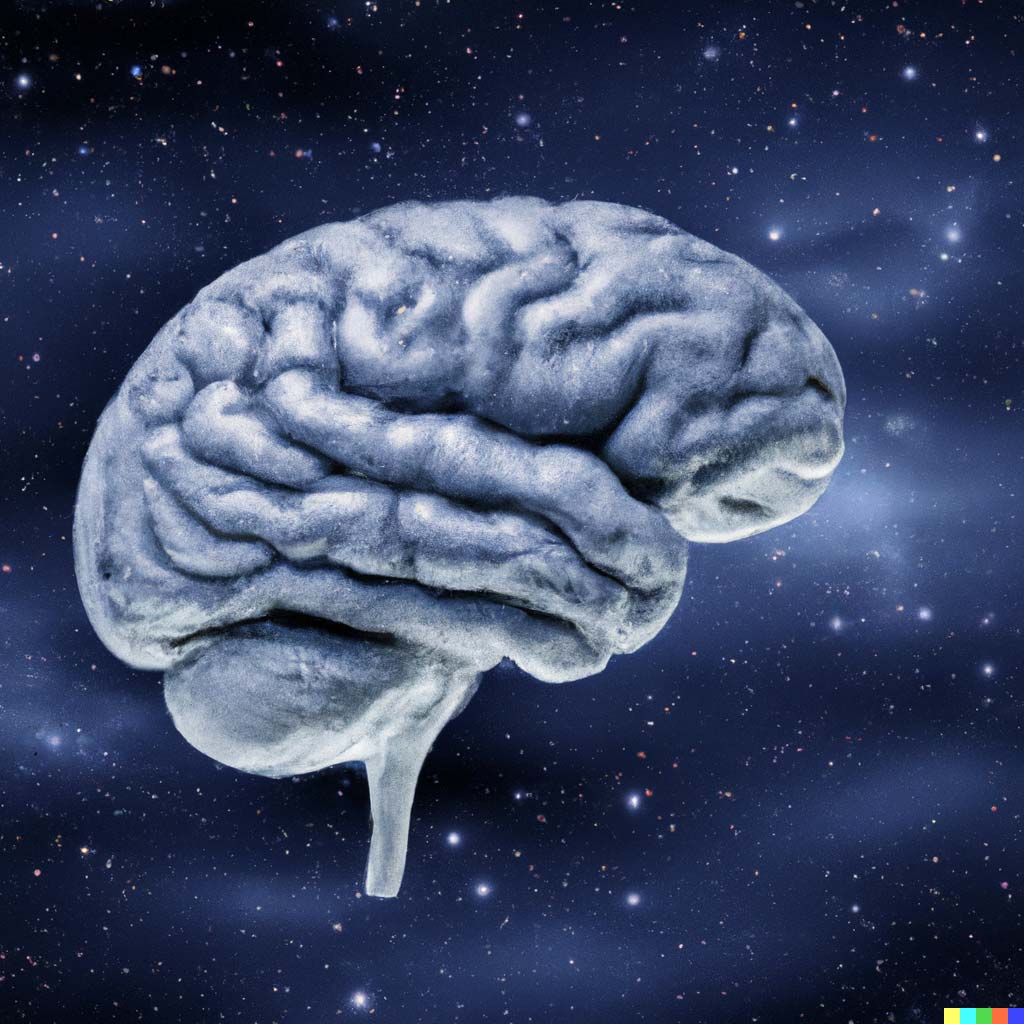
Cognitive neuroscience explores the relationship between the structure of the human brain and cognitive processes. Some of the main questions that it addresses, and their implications can be grouped under these headings:
Brain Structure and Function: How does the brain’s structure and organization relate to different cognitive functions, such as memory, attention, language, perception, and decision-making? This includes the mapping of the regions of the brain to determine the locations in which the particular cognitive functions are executed. It also includes an investigation of the extent which various cognitive processes are localized in specific areas or distributed throughout several regions. Some of the many objectives in the analysis of the brain structure and function are:
- to determine why some brains have greater neural efficiency than others.
- to determine how the brain stores and retrieves memories
- to determine what kinds of physical or mental activities can enhance brain function
- to determine the structural similarities and differences in the brains of males and females
Developmental Cognitive Neuroscience: How do cognitive abilities develop throughout life, and how is this development reflected in the changing structure and function of the brain? Among the many objectives in the investigation of developmental cognitive science are:
- to determine what parts of the brain increase and decrease in neural density during each developmental phase from the prenatal period to decrepitude.
- to determine the extent to which it’s possible to stimulate neuron development
- to determine the brain’s capacity for change and adaptation after injury to part of the brain
- to determine how and when amyloid plaques accumulate in the brain.
- to determine how to treat conditions like Alzheimer’s disease, schizophrenia, and stroke.
Consciousness and Awareness: How does neural activity give rise to subjective experiences and consciousness? What brain processes are involved in self-awareness and perception? Among the many objectives in the investigation of consciousness and awareness are:
- to determine the location or locations of consciousness in the brain.
- to determine the connection between neural activity, concept acquisition and the capacity to understand metaphor.
- to determine the neural mechanism associated with an understanding of humor.
- to determine whether consciousness can be acquired by artificial intelligence.
For more detail about recent research on some of these questions there is a sampling of references below.
References:
Eagleman, David. 2015. The Brain: The Story of You. New York, NY: Vintage Books.
Goldman, Bruce. 2017. “Two Minds: The Cognitive Differences between Men and Women.” Stanford Medicine, Sex Gender and Medicine. Accessible at: https://stanmed.stanford.edu/2017spring/how-mens-and-womens-brains-are-different.html
Haier, Richard. (2016) The Neuroscience of Intelligence. Cambridge University Press.
Kelly, Brendan, 2021 Intelligence, IQ & Perception: Unpopular Truths about Popular Myths. Brendan Kelly Publishing Inc.
Pliatsikas C, Moschopoulou E, Saddy JD. 2015. “The effects of bilingualism on the white matter structure of the brain”. Proceedings of the National Academy of Sciences of the United States of America. 112 (5). pp. 1334–7.
Ramsden, Sue. et al. 2011. “Verbal and non-verbal intelligence changes in the teenage brain.” Nature. Vol. 479. pp. 113-116.
Woollett, Katherine, and Eleanor A. Maguire. 2011. “Acquiring ‘the Knowledge’ of London’s Lay out Drives Structural Brain Changes.” Current Biology. Vol. 21. pp. 2109-2114.
